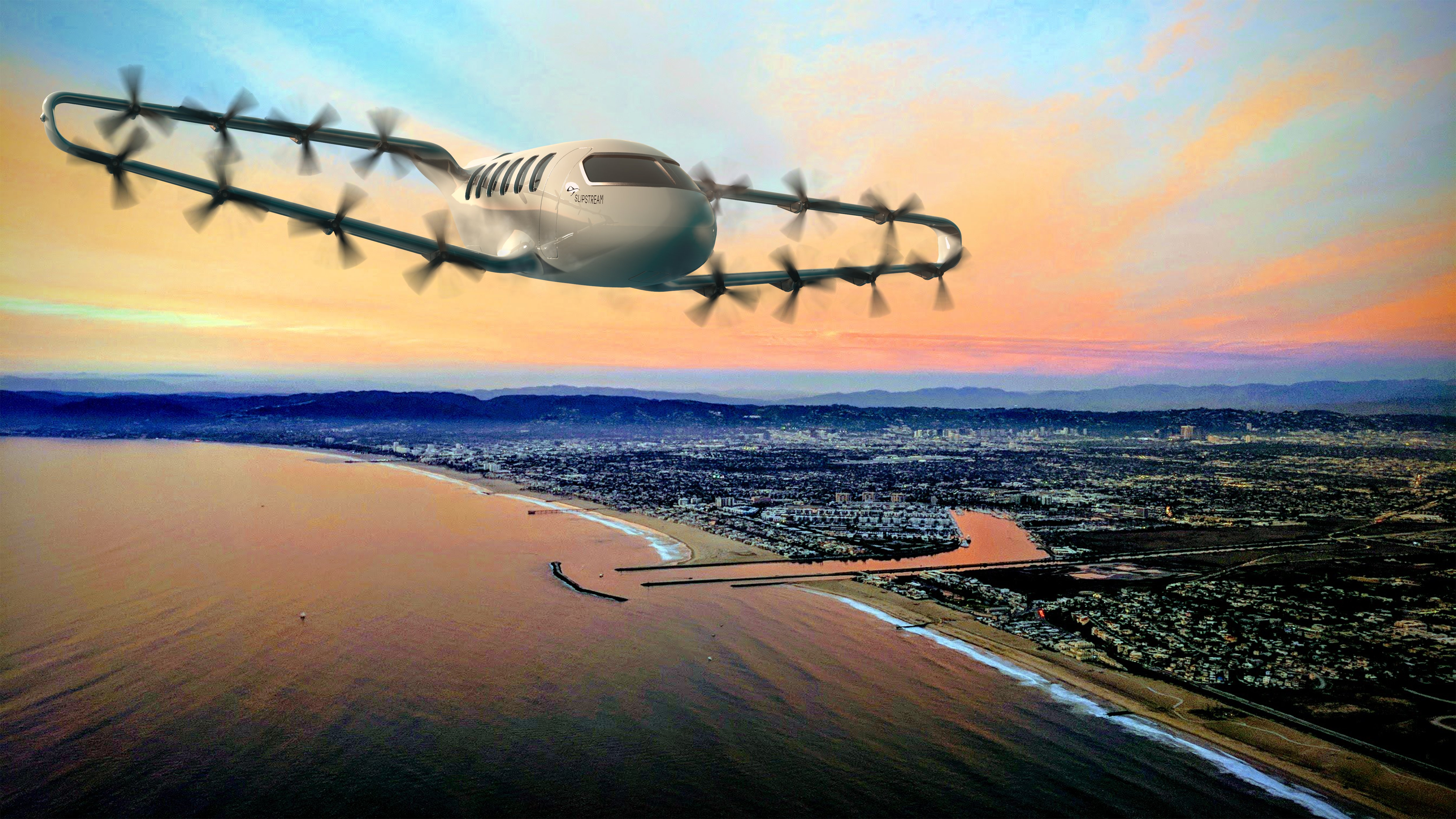Click Here to View This Page on Production Frontend
Click Here to Export Node Content
Click Here to View Printer-Friendly Version (Raw Backend)
Note: front-end display has links to styled print versions.
Content Node ID: 419511
Odys Aviation has relocated from Burbank to Long Beach, California, as it accelerates the development of its hybrid-electric eVTOL aircraft project with a recent $12.4 million round of seed funding out of a total of $18 million. The 15,000-square-foot facility at Long Beach Airport (LGB) will support advanced testing of Odys's eVTOL technology, as well as construction and assembly of its first human-scale demonstrators, which it plans to test and fly at a location outside Long Beach.
Odys said its new proximity to other entities within the aviation and aerospace industry will help cement its position as a major player in the local community of aerospace startups.
"We're thrilled to establish our footprint in Long Beach and engage with like-minded aerospace and aviation companies," said James Dorris, co-founder and CEO of Odys Aviation. "The forward-thinking members of the ‘Space Beach’ community make this an ideal home base for Odys to build the future of sustainable, hassle-free travel."
Long Beach has hosted some of the aerospace industry's most high-profile companies, including Boeing, Rocket Lab, Virgin Orbit, and Relativity Space. Odys cites the diverse pool of talent in the area, proximity to the Los Angeles Airforce Base, Long Beach's airport, and nearby industrial space as drivers for its decision to relocate.
Long Beach had recently signaled its desire to include advanced air mobility (AAM) in its future public transportation plans through a partnership with eVTOL aircraft developer Wisk Aero. On February 22, the companies announced the establishment of a working group to evaluate opportunities and plan for their launch.
The Odys engineering team expects to demonstrate a single-seat scaled technology demonstrator of the planned nine-passenger aircraft later this year. The aircraft will use what the company calls a patented “flap-based lifting technology” that extends flaps up to an 85-degree angle from the wing to generate vectored thrust from 16 wing-mounted propellers for both vertical and cruise flight. The company has tested the system with a three-foot wing and is building a larger demonstrator unit for the blown-wing concept.
The production aircraft, for which Odys hasn’t yet frozen the design, would fly to a range of 1,000 miles at speeds of up to 345 mph and cruise at an altitude of 30,000 feet. Odys co-founder and CEO James Dorris told FutureFlight that given the size of the cabin, most flights will likely range from 100 to 500 miles, and for what he characterized as significantly lower operating costs than those of turboprop business aircraft like the Pilatus PC-12 and Textron’s King Airs. He added that the fixed-wing model’s relatively high cruise speed will set it apart from other eVTOL models.
